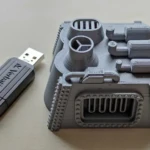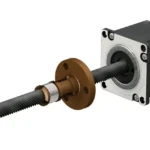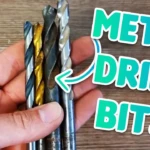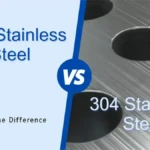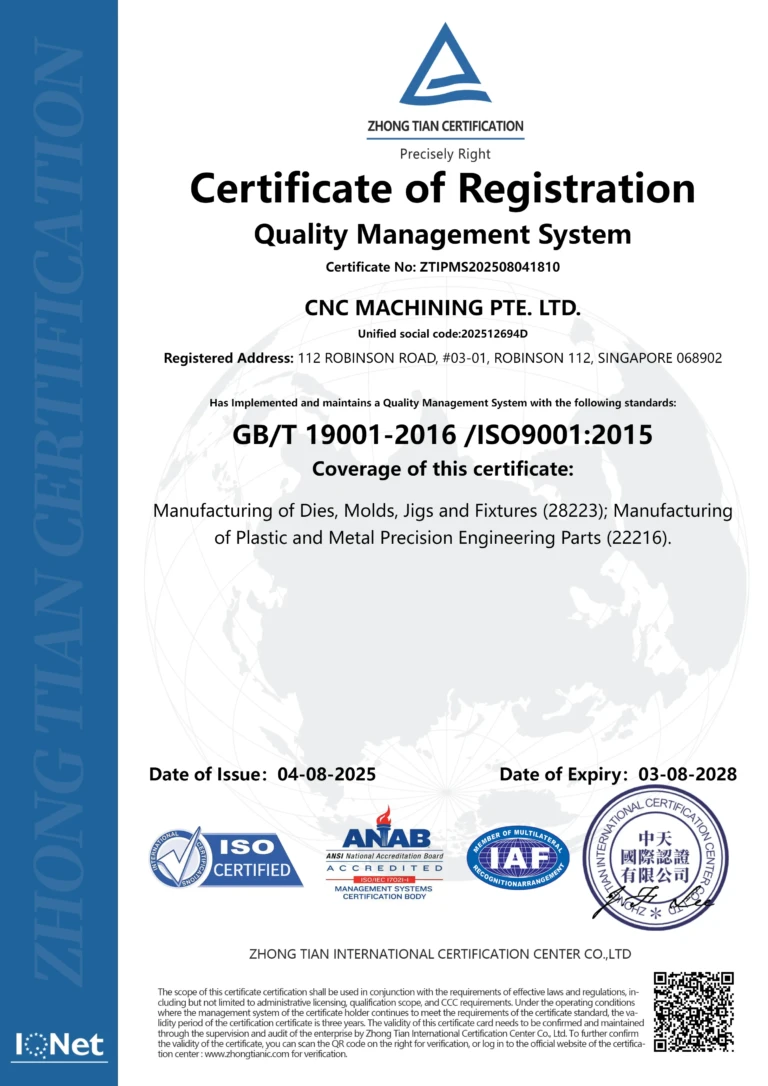Beyond Smooth: The Precision Art of Cylinder Honing Explained
While modern engines roar with sophistication, their heart often relies on a centuries-old refinement process. Honing – the unassuming yet critical final touch to cylinder bores – is more than just smoothing surfaces. It’s a precision dance of abrasives, motion, and pressure that defines engine performance, efficiency, and longevity. Delve into the fascinating world where Leonardo da Vinci’s ingenuity meets cutting-edge manufacturing.
From Rudimentary Tools to Engineering Essential
Long before horsepower was quantified, Leonardo da Vinci conceptualized honing in the 16th century. His primitive method involved a stick wrapped with sandpaper, manually manipulated inside wooden pipes. The true birth of industrial honing, however, arrived with the internal combustion engine in the early 1900s. A breakthrough came in 1924: the invention and patenting of the first spring-loaded, multi-bladed honing head, featuring the fundamental elements still used today – abrasive stones mounted on radially expanding arms. This propelled honing from a niche technique to a cornerstone of mass production.
Decoding the Honing Process: More Than Meets the Eye
[Image depicting a cross-section of an engine cylinder block undergoing honing. A honing head with multiple abrasive stones is visible inside a bore, surrounded by coolant spray. Arrows indicate rotational and reciprocating motion.]
[Image showing a close-up view of a diamond abrasive honing stone mounted on an expanding mandrel.]
Honing is a unique abrasive finishing process, distinct from grinding or boring. Its core purpose is twofold:
- Achieve Precise Geometry: Control final bore diameter, ensure exceptional roundness, and establish perfect cylindricity (a truly straight, uniform cylinder).
- Create Optimal Surface Finish: Generate the specific micro-surface structure, typically a controlled crosshatch pattern, essential for function.
The Honing Tool & Mechanism:
- A honing mandrel houses abrasive stones (often aluminum oxide or silicon carbide; diamond for extreme hardness) mounted on shoes connected to an expandable mechanism (usually conical or wedge-driven).
- The tool simultaneously rotates and reciprocates axially within the pre-machined bore.
- As the mandrel expands radially under controlled pressure (1000 – 2500 kPa), the stones contact the bore wall.
- This combined motion results in a characteristic crosshatch pattern – the intersections of the rotational and reciprocating paths. This pattern is crucial, as the tiny valleys trap lubricating oil, reducing friction and wear between the piston ring and cylinder wall.
[Image showing a highly magnified view of the honed cylinder wall surface, clearly illustrating the plateau finish and distinct low-angle crosshatch pattern.]
Material Removal:
Honing operates via micro-scraping and micro-plowing actions by the abrasive grains. It removes minimal material (typically 0.01mm to 0.1mm, depending on pre-machining accuracy) but achieves outsized results in surface quality and geometry correction. Honing cannot correct significant bore misalignment or straightness errors inherent from previous machining stages; precision boring is essential before honing.
Mastering the Key Characteristics
Honing isn’t brute force; it’s controlled finesse:
- Low Speed, High Precision: Cutting speeds are gentle (0.25 – 1 m/s) compared to grinding.
- Geometry Correction: Excels at improving roundness and cylindricity, reaching tolerances as tight as 2-3 microns.
- Surface Customization: The angle of the crosshatch (typically 40°-60°, optimal around 45°) significantly impacts oil retention and ring seating. Surface roughness (Ra) is precisely controllable.
- Material Agnostic: Effective on a vast range, from hardened steels to cast iron and softer materials like aluminum alloys. (Note: While highly versatile, results can vary significantly with very soft or gummy non-ferrous alloys; tool selection and parameters become critical.)
- Coolant Critical: Essential for flushing debris, controlling temperature, and preventing glazing of the stones or workpiece.
The Honing Procedure: Step-by-Step
- Secure the Block: The engine block (or component) is firmly clamped onto the honing machine’s worktable.
- Equip the Mandrel: The appropriate honing mandrel, equipped with stones tailored for the material and finish requirement, is mounted on the machine spindle.
- Set Parameters: The operator inputs critical parameters: spindle speed (RPM), reciprocation speed (strokes per minute), feed (expansion) pressure, and stroke length. Coolant flow is activated.
- Tool Entry & Expansion: The rotating mandrel enters the bore. Once positioned, the expansion mechanism activates, gradually applying pressure to push the stones radially outward against the bore wall against the bore wall.
- Honing Action: The combined rotation and reciprocation cycles commence. Material removal occurs, correcting geometry and generating the finish. Feed pressure may adapt during the cycle.
- Retract & Withdraw: Upon completion, the stones are mechanically retracted radially before the mandrel spins down and is withdrawn from the bore.
- Verify & Finalize: The part cools. The bore is then meticulously cleaned, measured (diameter, roundness, taper, surface finish), and inspected before proceeding.
Critical Parameters Dictating Success
Choosing wisely makes the difference between average and exceptional:
- Abrasive Type & Grit: The foundation. Aluminium Oxide (common), Silicon Carbide (harder, faster cut), Diamond/CBN (for hardened steels, ceramics, extended life). Grit size directly controls material removal rate and final surface roughness (finer grit = finer finish). Critical insight: A multi-stage process often alternates grit sizes.
- Stone Grade (Hardness/Structure): Softer grades break down faster, exposing sharp new abrasives and staying cool; harder grades hold form but can glaze. Complex bore geometries often need zone-specific grades.
- Spindle Speed (RPM): Governs rotational cutting speed. Higher speeds favour finer surface finishes and better stock removal uniformity. Lower speeds are used for roughing or hard materials to control heat/chatter.
- Reciprocation Speed (SPM): Governs axial movement. Key factor in determining the crosshatch angle. Higher SPM = shallower angle; Lower SPM = steeper angle. Balance is crucial.
- Feed Pressure: Controls stone force against the bore. Higher pressure increases removal rate but risks surface damage and accelerates stone wear. Lower pressure provides finer control for finishing stages. Automatic pressure control systems optimize results.
- Coolant Type & Flow: More than just cooling; prevents loading (debris clogging stone pores) and ensures precise cutting. Filters are mandatory. Chemistry must suit material and abrasive.
Balancing Advantages & Considerations
[Image showcasing a precisely honed cylinder bore next to a graph showing dramatic improvement in roundness measurement after honing.]
Compelling Advantages:
- Unmatched Dimensional Control: Achieves near-perfect roundness and cylindricity crucial for sealing, wear, and friction reduction.
- Superior Surface Functionality: Creates the plateaued, oil-retaining crosshatch pattern mandatory for piston ring seating and lubrication.
- Machining Hard Materials: Successfully finishes hardened steels where traditional machining is impractical.
- Extended Tool Life: Mandrel stones contact more bore area simultaneously compared to single-point tools, potentially offering efficiency.
- Minimal Thermal Distortion: Low speeds and abundant coolant minimize heat-induced stresses.
- Corrects Previous Variations: Capable of averaging and correcting minor imperfections from boring.
Practical Considerations:
- Significant Investment: Honing machinery requires substantial capital expenditure (low-volume manual machines vs. high-volume CNC).
- Abrasive Tooling Wear: Stones wear and require periodic replacement/dressing. Diamond tools mitigate this significantly but at higher initial cost.
- Limited Geometry Correction: Cannot magic away poor bore position, straightness, or significant taper from previous processes. Only refines the existing cylinder path.
- Complex Parameter Tuning: Requires deep expertise to select abrasives, grit, stone grade, pressure, and speeds for each specific material and desired result.
- Process Speed: Generally slower than high-speed boring/grinding for bulk removal, but unrivaled for precision finishing.
Where Honed Excellence Powers Our World
Honing is ubiquitous in demanding industries where microns matter:
- Automotive/Aviation Engines: Cylinder blocks, connecting rod small and big ends, crankshaft and camshaft bores, valve guides. The crosshatch is vital for engine life and efficiency.
- Hydraulics & Pneumatics: Valve bodies, pump housings, hydraulic tube interiors – ensuring sealing and minimal leakage.
- Energy: High-precision bearings and seals for turbines and generators.
- Aerospace: Actuator cylinders, fuel system components, landing gear bores.
- Medical: Implant components (e.g., joint replacement parts) requiring biocompatible, low-friction surfaces.
- Fluid Power: Critical bores in compressors, motors, and high-pressure cylinders.
The Future of a Perfected Surface
Honing isn’t standing still. Innovations like diamond and CBN abrasives offer dramatically longer tool life. CNC-controlled machines with adaptive feedback systems provide real-time adjustments for pressure and stroke control, optimizing results and compensating for tool wear. Ultrasonic-assisted honing is being explored to further enhance surface quality. MQL (Minimum Quantity Lubrication) machining using specialized fluids can reduce environmental impact while maintaining cutting performance.
The Last Micron Matters
In the demanding world of precision engineering, honing remains the definitive solution for achieving the final critical dimensions and functional surface finishes inside cylindrical bores. It bridges the gap between rough machining and the flawless operation of critical components. From the thundering cylinders of a supercar to the silent precision of medical implants, the meticulous art of honing ensures performance, reliability, and endurance where it counts most. Mastering this process unlocks the potential for unparalleled mechanical harmony.


